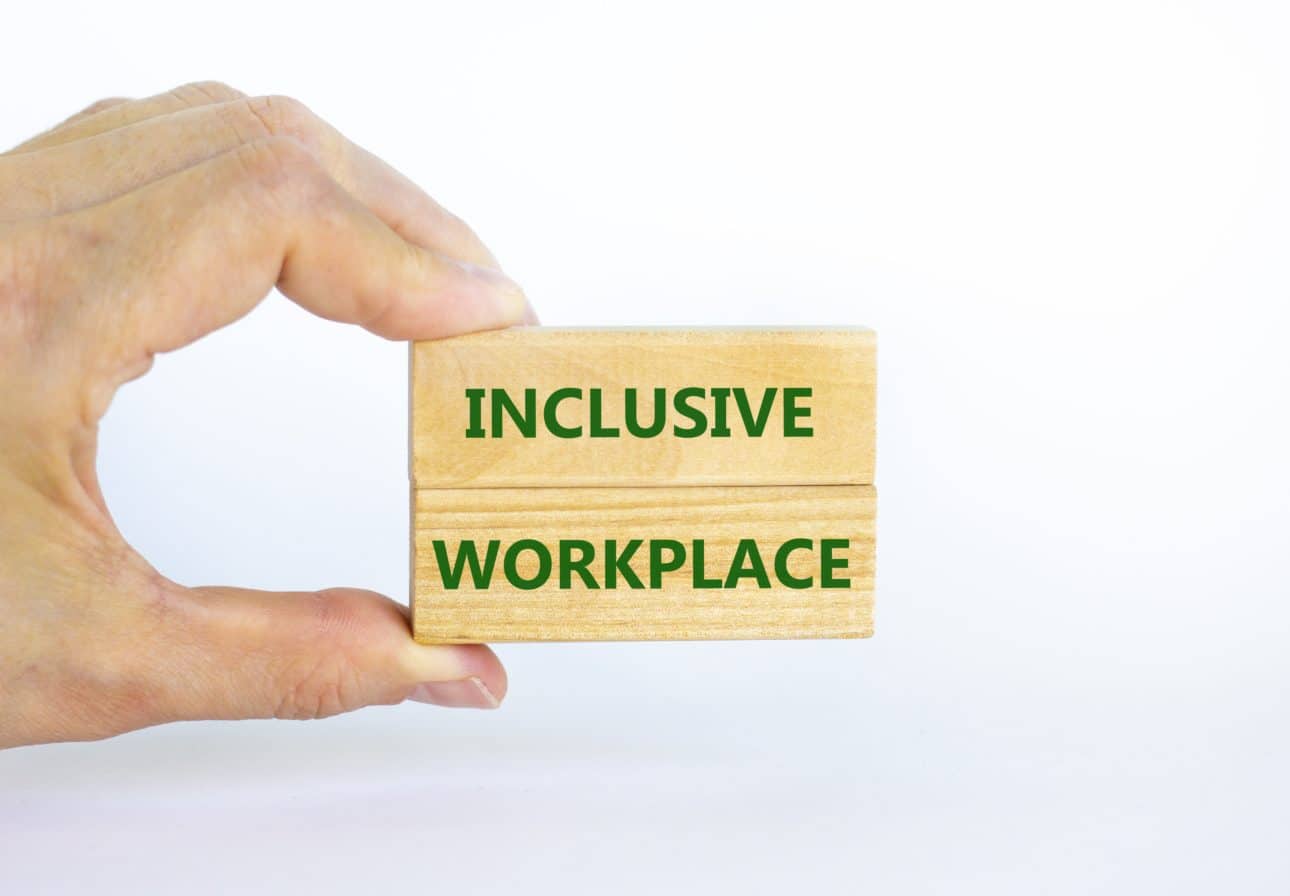
Diversity and Inclusion Impacts Your Organization’s Performance


You’ve probably heard of workplace diversity and inclusion in reference to women and individuals of color. But diversity goes beyond gender and race to include age, ethnicity, religion, sexual orientation, disability, education, national origin, marital and socioeconomic status.
Fostering a diverse workplace also means looking for diversity of thought – individuals with different thinking styles, habits and perspectives.
Just how does having a diverse and inclusive culture benefit organizations?
In both for-profit and not-for-profit organizations, when employees, executives, board members, donors, and others who shape the values and activities of the organization come from diverse backgrounds, they bring unique perspectives that influence how the entity can best pursue its mission. And, it comes as no surprise that organizations that embrace diversity are able to cast a wider net for employees, volunteers, and donors.
In 2015, McKinsey & Company released a study showing a direct correlation between staff diversity and financial performance in for-profit settings. Specifically, companies in the top quarter for racial and ethnic diversity are 35% more likely to generate higher returns.
The study also revealed that the likelihood of outstanding financial performance is:
Another study by Boston Consulting Group found that diverse companies generate nearly twice as much innovation revenue, the share of the revenue from new products, as their less diverse peers.
Studies have shown that diverse and inclusive companies innovate better. In fact, the earnings of companies with diverse management teams were nearly 10% higher than those of those without.
This is because people from different walks of life bring a variety of ideas to the table owing to their different worldviews, experiences, and skill sets.
Diversity also affects innovation in not-for-profit organizations because people of different races, genders, ages, ethnicities, sexual orientations, political, and religious affiliations bring to the table unique information, perspectives, and experiences that, when properly harnessed, spur innovative thinking.
An additional benefit of a more diverse and inclusive workplace is happier employees, which translates to a more engaged workforce. Research has found that when companies embrace D&I policies, employees perform at a higher level. A focus on D&I can also improve team morale and foster a higher level of trust between employees and company management.
Diverse and inclusive teams are often happy teams that perform better when working together, and this can lead to higher productivity.
Furthermore, studies have shown that companies benefit most when upper management and lower management are both racially diverse. In fact, a study published in 2021 found that a 1% increase in racial diversity similarity between upper and lower management increases firm productivity by $729-$1,590 per employee per year.
For senior management, having a diverse team means greater creativity, innovation, and flexibility in formulating strategy.
For mid-level management, diversity leads to better problem-solving in implementation and more original ideas that they can share with senior management.
More and more, customers want to know that you respect and embrace diversity. Having teams with diversity of age, gender, race, and ethnicity, or geographic and national culture, reflects the broad user base that most companies have. And this breadth of vision allows the organization to better identify with and serve its customers.
When evaluating job opportunities, 67% of job seekers say that a diverse workforce is an important factor. And in a PwC survey, 54% of women and 45% of men said they actually researched if a company had D&I policies in place before deciding to accept a job.
Diversity affects not only hire but retention as well. Studies have shown that 72% of job seekers would leave their current organization for a company that is more inclusive.
____________________________________
In the end, it’s important to understand that cultivating a diverse and inclusive workplace can make your company more resilient, more productive, and more profitable – not to mention a more fun place to work.
Our team would welcome the opportunity to discuss your D&I goals and explore how our HR professionals can help you achieve them.
In the meantime, see how our HR team can help you more effectively manage all of your organization’s human resources needs.